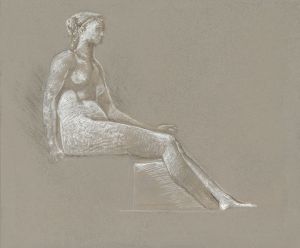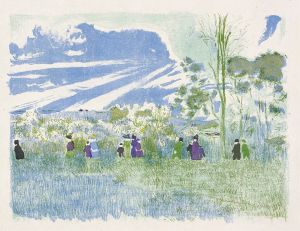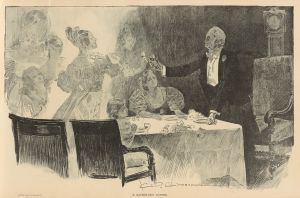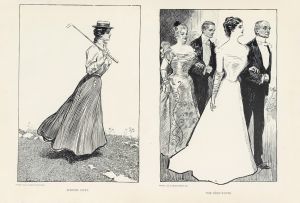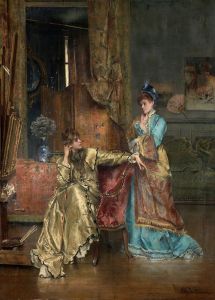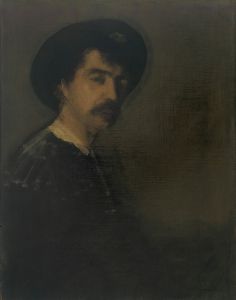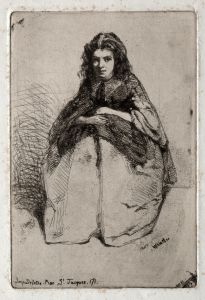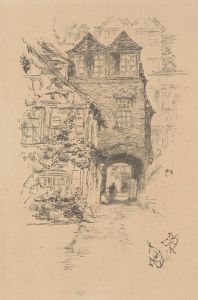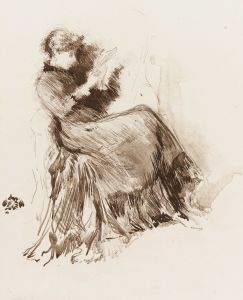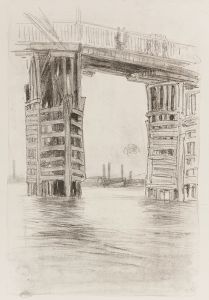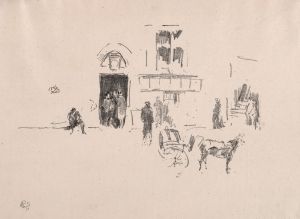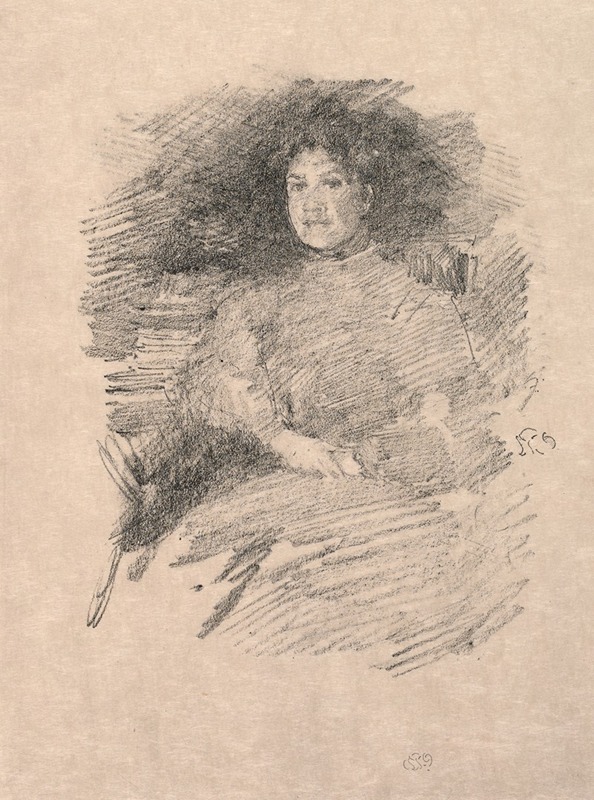
Firelight
A hand-painted replica of James Abbott McNeill Whistler’s masterpiece Firelight, meticulously crafted by professional artists to capture the true essence of the original. Each piece is created with museum-quality canvas and rare mineral pigments, carefully painted by experienced artists with delicate brushstrokes and rich, layered colors to perfectly recreate the texture of the original artwork. Unlike machine-printed reproductions, this hand-painted version brings the painting to life, infused with the artist’s emotions and skill in every stroke. Whether for personal collection or home decoration, it instantly elevates the artistic atmosphere of any space.
James Abbott McNeill Whistler was an American artist known for his significant contributions to the art world during the late 19th century. He is often associated with the Aesthetic Movement, which emphasized the visual and sensual qualities of art and design over more narrative or moralistic themes. Whistler's work is characterized by his innovative use of color and his ability to capture mood and atmosphere.
One of Whistler's lesser-known works is "Firelight," a painting that exemplifies his mastery of light and shadow. While there is limited information specifically about "Firelight," it is consistent with Whistler's broader body of work, which often explored themes of light, reflection, and subtle tonal variations. Whistler was known for his nocturnes, a series of paintings that depicted night scenes or dimly lit environments, capturing the essence of twilight or evening with a delicate and nuanced palette.
"Firelight" likely shares these qualities, focusing on the interplay between light and dark, and the way light can transform a scene. Whistler's technique often involved the use of thin layers of paint, allowing him to build up a rich, atmospheric effect that conveyed a sense of depth and mood. His approach was influenced by his belief in "art for art's sake," a principle that suggested art should be appreciated for its beauty and aesthetic qualities rather than for any narrative content or moral message.
Whistler's work was also influenced by Japanese art, which he admired for its simplicity, elegance, and emphasis on harmony. This influence is evident in his use of composition and his focus on creating a balanced and harmonious visual experience. In "Firelight," as in many of his other works, Whistler likely employed a limited color palette, using subtle gradations of tone to create a sense of unity and coherence.
Throughout his career, Whistler was known for his distinctive signature, a stylized butterfly, which he used to sign his paintings. This signature reflected his interest in Japanese art and his desire to integrate art and life seamlessly. Whistler's innovative approach to art and his focus on aesthetic beauty had a lasting impact on the art world, influencing subsequent generations of artists.
While specific details about "Firelight" are scarce, it can be appreciated within the context of Whistler's broader artistic achievements. His ability to capture the ephemeral qualities of light and his dedication to the aesthetic experience continue to be celebrated and studied by art historians and enthusiasts alike. Whistler's legacy is one of innovation and beauty, and "Firelight" is a testament to his skill and vision as an artist.





